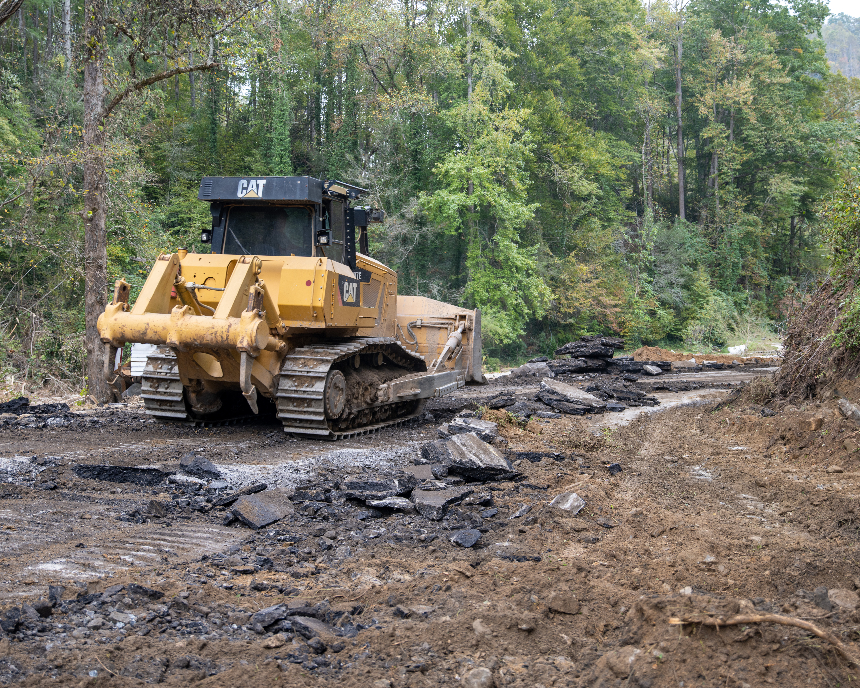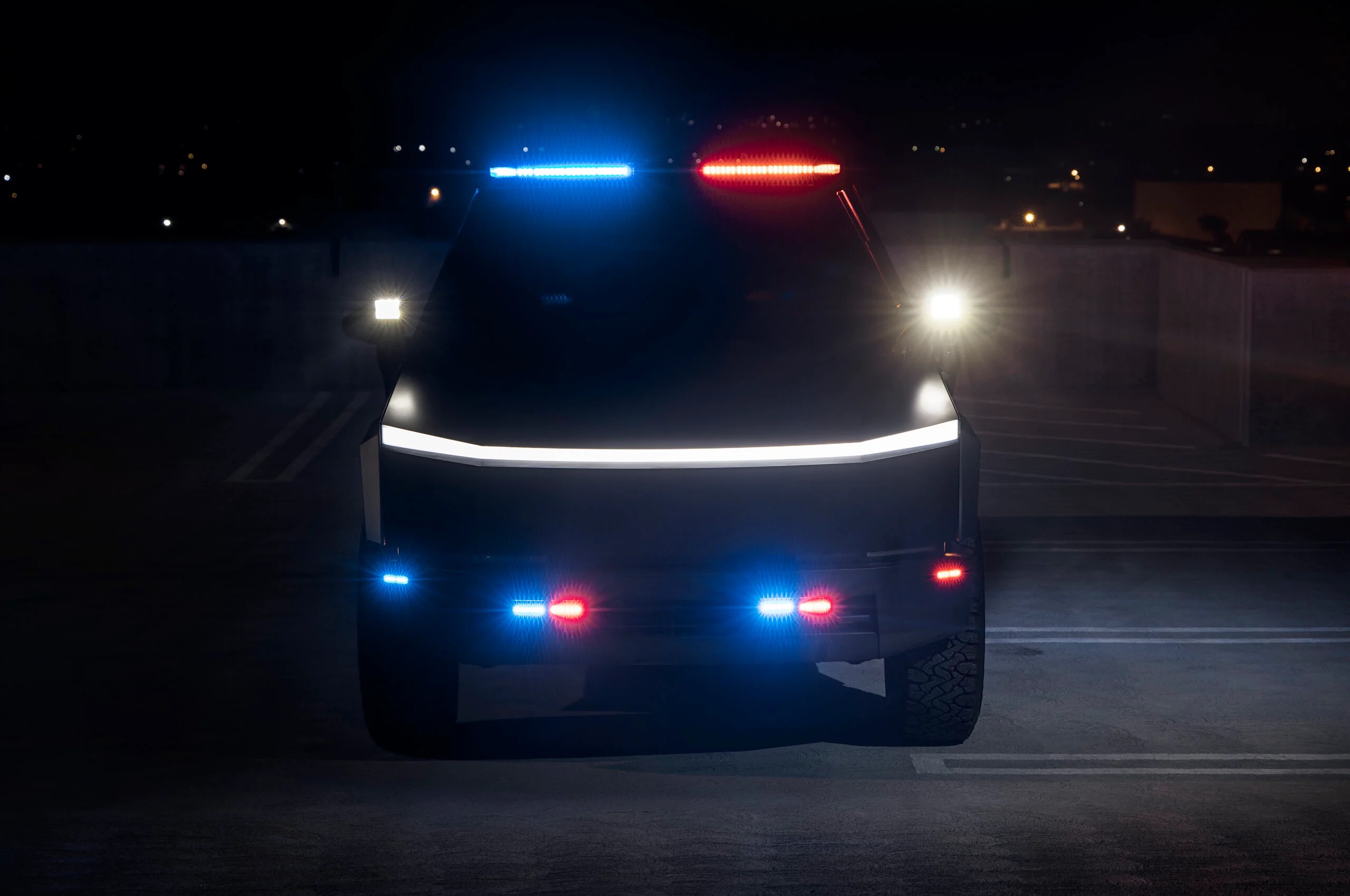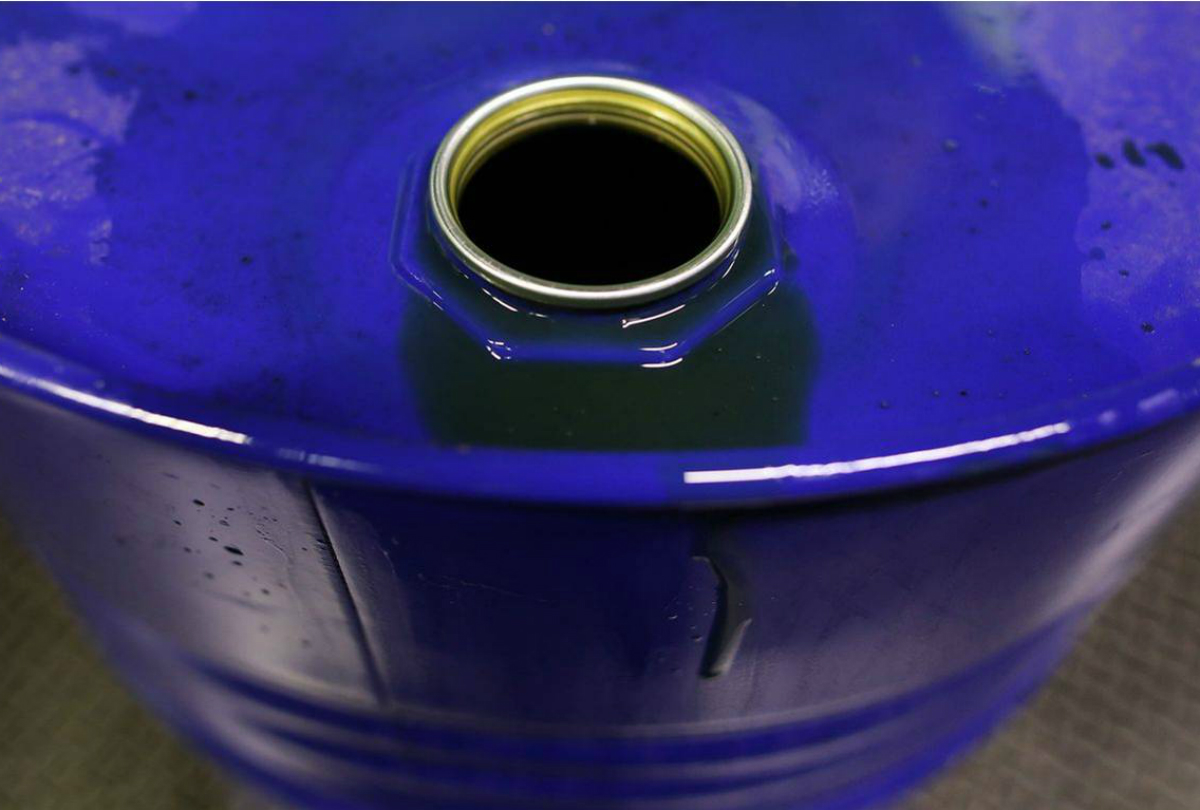Sign up for daily news updates from CleanTechnica on email. Or follow us on Google News!
Last Updated on: 20th February 2025, 06:13 pm
Dacia is a division of Renault best known for being a purveyor of inexpensive cars, many of which are manufactured in China. If you are in the market for a Dacia, you are not interested in luxury or high tech touches. You are interested in getting from Point A to Point B reliably at minimal cost. There is a huge market in Europe and the UK for such low cost cars. They are not especially profitable and many manufacturers choose not play in that end of the pool, but if you can build enough of them and sell them for more than it costs to manufacture them, they keep workers employed and factories humming. In many parts of the world, basic transportation is all people are asking for and those are the customers Dacia caters to.
According to Autocar, Dacia has begun development of a new electric city car for Europe. Designed as a successor to the Dacia Spring, it will be closely related to the upcoming next-generation Renault Twingo. According to Renault CEO Luca de Meo, the new car will be manufactured in Europe, unlike the Dacia Spring which is imported from China. “We’re preparing to go one step further in terms of EV affordability,” said de Meo, revealing that the new model is planned to be priced from less than €18,000 (£15,000). Building the car in a European factory will mean it avoids the import tariffs imposed on today’s Chinese models, thus boosting profitability. He also said it will be ready for market in just 16 months. “I defy any competitor in the world to do that,” he added.
While the new car is set to match the current Spring on pricing, it is likely to make substantial gains in performance, technology, and capability, Autocar says. The current Spring is based on the China-only Renault City K-ZE, which was launched in 2019 on the Renault Group’s CMF-A platform for emerging markets. The new car, meanwhile, is being developed in parallel with the Twingo and is set to share that car’s Ampr Small platform, which is a version of the architecture that also underpins the larger Renault 4 and 5.
A New Dacia In Just 16 Months
Its rapid 16 month gestation process will make it the fastest developed Renault Group model ever — a product of the company’s new Leap 100 initiative, which targets a 100 week development window for all new cars. “We’ve moved to China speed,” said de Meo, hailing the success of the company’s partnership with a Chinese R&D consultancy on the Twingo program. It will also benefit from a dramatic reduction in production costs across Renault Group. De Meo said the Twingo will cost 40 percent less to build than the Renault 5, in part because it uses 30 percent fewer components. The entire car is comprised of just 750 parts.
Dacia’s smallest car yet will form part of a significant broadening of its portfolio, following soon after the launch of its largest model — the Bigster SUV — and a pair of other C-segment models due in the next two years. According to de Meo’s target timeline, it should be launched around the middle of 2026, roughly a year before Dacia is set to introduce the new third-generation Sandero, which will be offered as an EV for the first time.
Dacia CEO Denis Le Vot haș previously hinted at the prospect of a new city car, recently telling Autocar that the brand’s C-segment expansion does “not mean that we’re not looking at a smaller thing.” He added that it would have to be electric, because “the equation of a classic A-segment [car] doesn’t really fly with ICE solutions,” given their thin profit margins. Dacia uses Renault platforms for each of its models and has a rigid focus on minimizing development costs to ensure it can offer them at a competitive price while maintaining profitability.
Renault Had A Pretty Good Year
Bloomberg had nice things to say about Renault, which reported the French company saw its operating margin slip to 5.9%, from 6.3%, but that was a pretty good result considering that Mercedes saw its operating margin fall to 6% from a lofty 14.5% three years ago. Renault and Mercedes are an unlikely pair for comparison, Bloomberg says. Renault competes for mid-market car buyers and sells far more cheap Dacias than expensive Alpines. Mercedes, on the other hand, has vowed the last few years to lean aggressively into German luxury car sales. Seeing its operating margin being matched by down-market Renault has caused much consternation in Stuttgart, where Mercedes has its principal headquarters.
Renault reported a record €4.26 billion ($4.45 billion) company-wide operating profit and Luca de Meo said this week he expects the group operating margin should stay above 7 percent in 2025. When de Meo took over Renault in mid-2020, the company was in crisis, losing €7.4 billion just in the first six months of that year. Russia’s invasion of Ukraine in early 2022 forced it to pull out of its second largest market, after France. Since then, its longtime alliance partner Nissan has been in the process of coming apart at the seams. Despite all the tumult, de Meo managed to turn Renault around.
As Bloomberg’s Albertina Torsoli noted this week, Renault was a standout performer last year while almost all of its European peers were issuing profit warnings. “We continue to liken Renault like a card player that may not have necessarily been dealt the strongest hand, but is squeezing and maximizing every point or trick,” Bernstein analyst Stephen Reitman wrote of the company in a report published in October. “It is proving that size alone is not a prerequisite and that speed and agility count for much as well, lessons that many of its larger peers seem to have forgotten.”
At the investors meeting this week, de Meo said, “Things are pretty rock and roll in automotive these days.” He had nothing but praise for the focus, discipline, hard work, and passion Renault displayed in order to deliver better than expected results in such turbulent times. “We do more than just breaking our own records. I think we are a pretty reliable bunch of people.” It sounds as though Nissan lost a pretty good partner when its relationship with Renault fell apart.
Chip in a few dollars a month to help support independent cleantech coverage that helps to accelerate the cleantech revolution!
Have a tip for CleanTechnica? Want to advertise? Want to suggest a guest for our CleanTech Talk podcast? Contact us here.
Sign up for our daily newsletter for 15 new cleantech stories a day. Or sign up for our weekly one if daily is too frequent.
CleanTechnica uses affiliate links. See our policy here.
CleanTechnica’s Comment Policy




